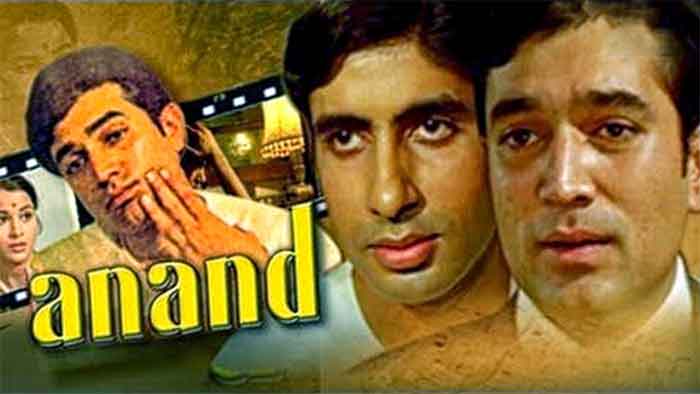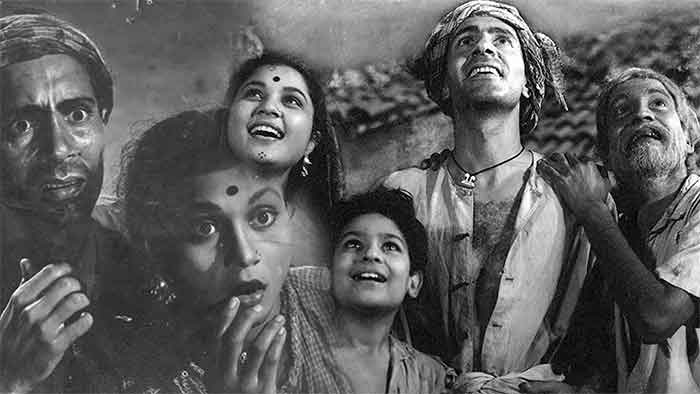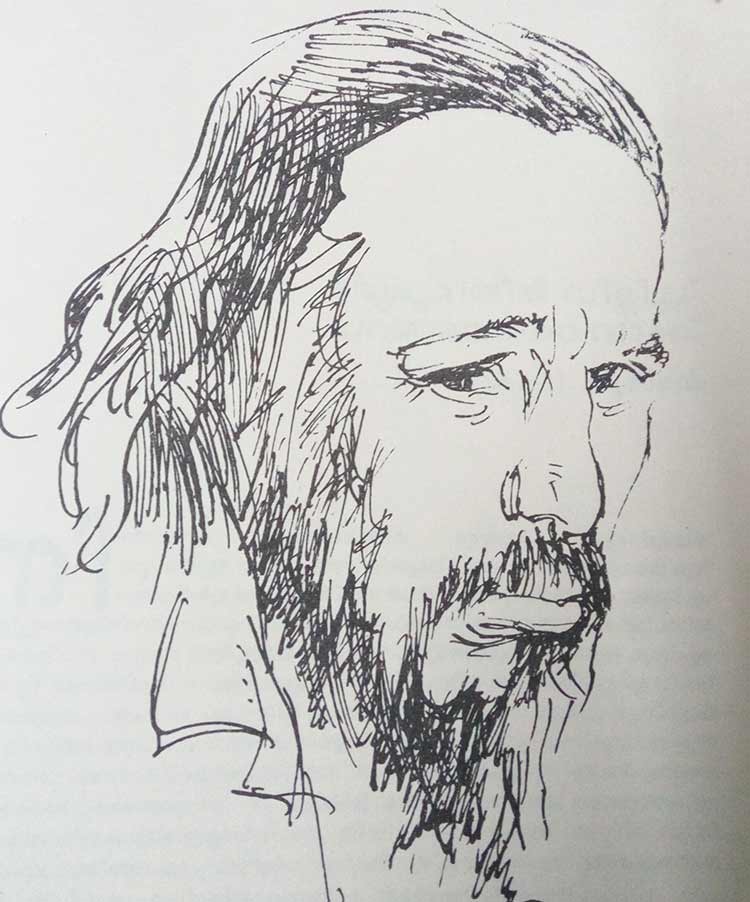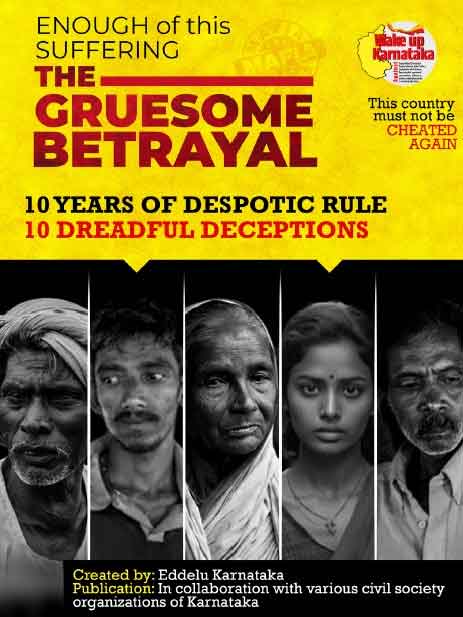
In any society myths play an important role. For various reasons a society and its many members have a tendency, a weakness or liking, for certain myths and want to cling on to these myths, in fact may feel a strong need to do so.
Although the word myth generally has a negative connotation, to a limited extent and in certain conditions, clinging on to certain myths may even play a positive role for some people in terms of providing consolation and reassurance in uncertain, difficult times. Hence while on the whole perpetuation of a myth can hardly be called desirable, in certain conditions its consolation role, a comforting role, a somewhat positive role in the daily life of several people cannot be entirely denied.
Similarly false values also have an important place in various societies, to a lesser or greater extent. These words have an even more negative connotation, yet false values are often used by people as a comforting feeling which makes it easier to live with some disturbing realities of their life.
For example in the case of a country passing through difficult times there is often a strong feeling that in very old times we were very good and strong. This quite often involves a lot of exaggeration of some aspects and hiding of some other aspects, at best this is often a half-truth. Yet in difficult times of a country, the myth of a strong and very good ( golden ) past provides comfort to many people and may well have an even more positive role beyond this . To give just one example, the myth of a golden past provided several persons a support-base for opposing the colonial role. The famous novel Anand Math provides such a support-base and its story of a revolt of sanyasis ( hermits) has the support-base of such a myth. However such a myth can also provide the base for spreading a very harmful social value of communalism and of nation based on only one religion, and this value can be used to spread hostility among two leading communities.
To take another common example, myths are also found useful by certain persons and forces who want to take youth away from more grim and difficult realities. Youth is an age of idealism as well as rebellion and youth have a yearning for an identity based on this—pursuit of some higher ideal and revolting against the establishment for this higher objective or ideal. The well-entrenched powerful forces seek to channelize such feelings along narrow lines or even false lines. Some temporary good may result from such narrow identity also, or else it may get diverted along very harmful lines. What is important is that many youths may also find such a safer path or identity more comforting and acceptable as it satiates the need for being idealistic or rebellious without having to make any real sacrifice, in fact sometimes also gaining in selfish ways.
Hence myths and false values have a strong presence in most societies and while more generally these are a retarding block for really desirable change, myths and false values can sometimes provide a limited positive role of providing comfort and consolation to people in difficult and uncertain times, a role which can have a powerful presence in many ways and at several levels.
While bringing genuine, truly desirable social change often involves confronting powerful forces and raising uncomfortable questions, it is much easier to cater to myths and false values as these are within the comfort zone of people and many people, eager to cling on to these, are in fact looking for messages, whether from speeches or books or TV serials or films, for strengthening of their myths and false values which is consoling and comforting for them, particularly in times of difficulty or uncertainty. It is in these terms that the great popularity of some TV serials, books and films can be understood.
In the context of cinema, the structure of the commercial cinema is firmly built on the premise of earning of more money which in turn is based on attracting more viewers in highly competitive conditions. A formula based on popular film stars, filling the film with some ingredients of sex, violence, jokes , song and dance etc. is often used as a means of attracting audience, but when many films containing all this also flop, attention comes to the basic of what kind of story people like to hear. In this context it becomes very important to know and understand what king of myths and ( often false) values people like to be confirmed and strengthened.
So at one level the task of social change is very difficult in commercial cinema, as inevitably there is likely to be more inclination and support instead for strengthening myths and false values. Indeed it is true that most films take this convenient path, although it is important to remember that just as myths can also sometimes have a positive role, similarly well-made films catering to myths can also sometimes play a positive role. However the task of bold social change is more difficult as it generally involves challenging the comfort zone of many powerful persons and sections. Nevertheless there is room for social change in popular cinema, just as there is room in real society for spreading genuine social change. As genuine social change seeks to remove and reduce distress and causes of distress, a message of social change is also likely to attract many people at any given time in a society. However this is clearly a more difficult task compared to catering to myths as it is more difficult to find support for this and the film can face opposition from several sides. These difficulties have been increasing further in recent times. Nevertheless cinema remains a powerful means of taking socially relevant messages to more people and a really well-made film can be a source of inspiration for a very long time to come, as is evident from films ( to give examples from popular Hindi cinema) like Satyakam, Anuradha, Naya Daur, Jis Desh Mein Ganga Bahti Hain,Jagte Raho, Pyaasa, Dr. Kotnis Ki Amar Kahani, Garm Hawa, Anari, Anand and several others. Hence despite all the difficulties it involves, the task of using popular cinema to reach out to a wider audience and taking important, highly relevant social messages in highly interesting and creative ways to them should be attempted.
Bharat Dogra is a journalist and author. His recent books include Man Over Machine and Sachai Ki Kasam (Hindi short-stories
GET COUNTERCURRENTS DAILY NEWSLETTER STRAIGHT TO YOUR INBOX













































